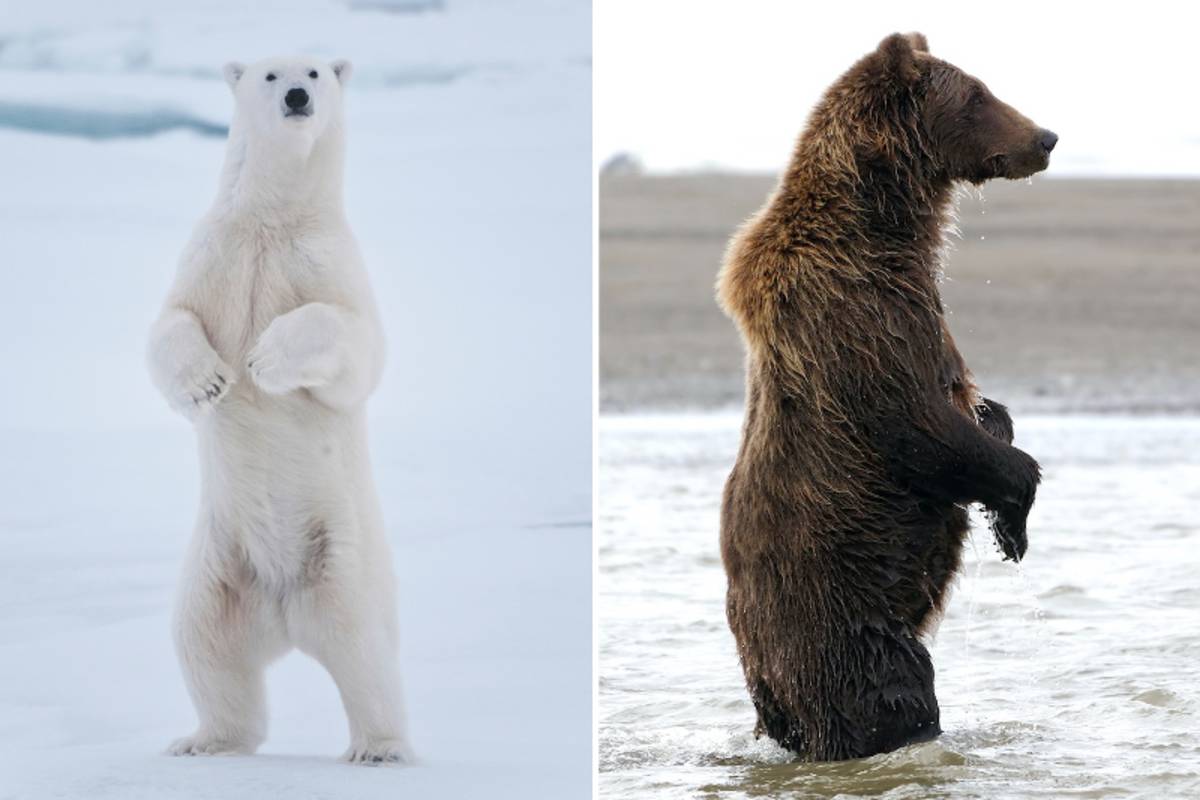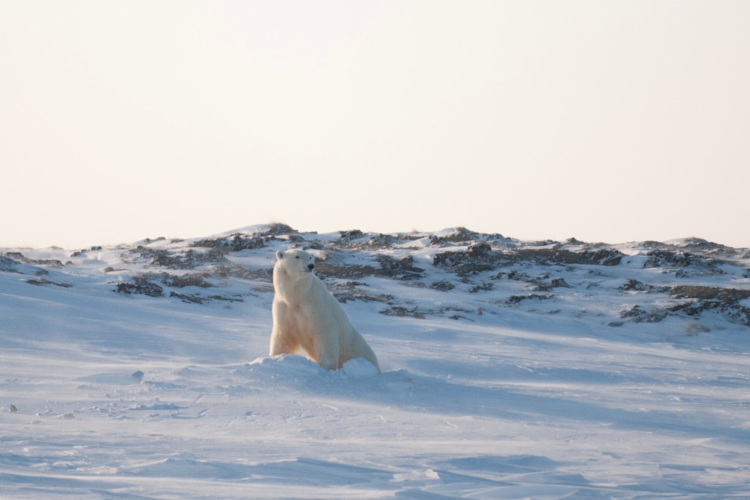In the twenty years that I've been studying polar bears in the Arctic I've learned a lot about their ecology and have been very fortunate to spend many amazing days out on the sea ice. Through all of that time, if there's one thing that I've learned it's to expect the unexpected.
In April 2012, I was part of a research team that was headed to Viscount Melville Sound, an area at the very western edge of the Northwest Passage. Viscount Melville Sound is home to one of the world’s 19 polar bear populations, a place that is infrequently visited due to its remote nature. The last research team to check up on the polar bears in this area was there in the mid-1990s. It was time for another check-up on how the bears were doing.
Our research program would make use of three small cabins and two remote tent camps that we would have to establish. In total, we planned on being in the field for 4-6 weeks, depending on weather. Our jumping off point in 2012 was a small cabin on the north end of Victoria Island in a place called Wyniatt Bay. On April 23, 2012, the thermometer sat at a brisk -25C and the winds were calm as the sun crested the horizon. I rolled out of my bunk, put on my parka, and grabbed our Honda generator. I gave a couple pulls and the Honda fired up. (I had kept it inside the cabin to help with the morning ritual of warming up the helicopter’s engine. It is one thing to try and cold start your 1981 Pontiac Grand Prix in Winnipeg, quite another to try cold start a million-dollar helicopter in the middle of nowhere!)
This was our first of three years in Viscount Melville Sound and we set off to get a feel for where the bear activity was. Polar bears are usually not uniformly distributed; they’re drawn to areas with greater seal densities and better hunting opportunities. We got geared up and headed east across Wyniatt Bay to work our way through a number of small inlets that run like fingers into the rocky shore. These areas of consolidated sea ice attract ringed seals as they make for good pupping habitat and often attract bears.
We flew through several inlets, seeing nothing but old tracks and no bears. As we turned into the mouth of one of the larger inlets, the silence was broken by a call over the radio: “What is that?” I peered from the back seat of the helicopter and saw a dark shape moving quickly across the sea ice. As we approached, it was evident that it was a large brown bear, chasing what appeared to be a smaller polar bear. We swung in for a closer look. The smaller bear began running up a steep rocky slope. As we got closer, we could see that it was no regular polar bear. It had a brown streak down its back, brown circles around its eyes (almost like spectacles) and longer claws. It was a hybrid!
Hybrids had been previously observed by Inuit in this part of the Canadian Arctic and this little bear fit the bill. The brown bear was standing at the base of the rocky slope and the small bear continued to climb. It was evident from the steam coming from both of them that the chase had been going on for a while. With both bears too warm to safely handle, we snapped a couple quick photos and marked the GPS location in hopes that we would find them another day.
Second chances
The next day we returned to the area, but there was no sign of either bear. The following day we were flying over the sea ice north of Wyniatt Bay in Viscount Melville Sound. Tracking conditions were difficult, and we were not having much luck finding bears. We had been flying for almost two hours and had only seen a handful of old windblown tracks.



















